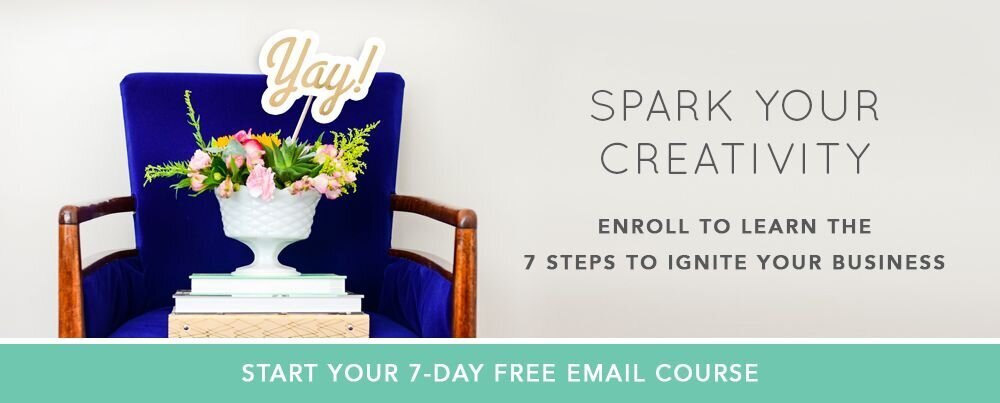Why You Need to Do Design Research (And How to Get Started)
For most people the research part of any project isn’t their favorite. But it is very necessary in making sure you deliver the best product possible. Don’t think of it as a waste, it is time well spent!
What is Design Research Anyway?
Design research is an integral part of any project. It is a preview into the solution before we design the map to get there. This part of the process focuses on the end user whether that be a potential customer, user or even another business. It can end up very technical and critical, but today I am going to focus on the basics. You can use design research to:
Validate ideas
Collect User Needs
Understand Thinking
Test Designs
Attract Funding
Collect Case Studies
Build Credibility
What is YOUR Market Like
Market analysis can be complicated, however, if you do the research upfront this can drive all future projects and not just this one. Occasionally, you will need to refresh and reassess the market place to see what is new, but the key principles never change.
I encourage my clients to start with a business plan if they haven’t already developed one. This is the business plan template I personally used to get started.
Things you should consider:
Who is your ideal client or customer? - Read about how to here
Is this the same as your typical client or customer? - Google Analytics is a powerful tool, here is a quick tutorial
What is your niche?
What makes you and your business unique? - Put more YOU in Your Business
Is there a demand for your product or service?
Does it fill a NEED rather than just a want?
Who is your competition?
How can you differentiate yourself?
Time to Get on the Same Page
Before I begin any design project, I start with a Creative Brief. This tool builds the foundation for all design research. Throughout the Creative Brief we uncover:
Project Goal & Objectives
Project Timeline
Background & Historical Information
Audience Analysis
Competitor SWOT
Tone & Messaging
Overview & Specifics
Visual Needs & Items to Avoid
Detailed Mandatory Information
To read more on my design process and how I work with clients start with part 1 of my 3 part series.
Generally, the Creative Brief uncovers the fast majority of project needs and scope, but there are several ways we take this further.
What are YOUR Competitors Doing
You probably conducted a brief competitor analysis when you built your business plan. That being said, I always try to push for new ideas.
Who is your direct competition?
What are their products and services?
Can someone immediately see what you offer that is different? AND why you are the better option?
Where are they pricing their products and services? Are you low or high on this spectrum?
What are they doing better than you? How can you change that?
To really dig deep on this I would suggest doing a SWOT analysis for both yourself and your competition. This gives you the opportunity to identify 4 things:
Strengths – What skills, knowledge, passion & connections do you (or do they) have that can benefit your (their) business? What is the maximum potential?
Weaknesses – What are the weaknesses of your (their) business? The more honest you are here, the more opportunities that come next.
Opportunities – What opportunities are there out there that you can (they can) exploit to establish business?
Threats – What are the threats to your (their) business plan? What methods are you (they) using to protect the business and the bottom line?
Don’t just look at them from a product or business perspective. What is their messaging like? How do they look? What colors do they use? What sorts of imagery do they use?
How Can YOU Stand Out
It is easy to get bogged down in information overload. Don’t fall into the analysis paralysis trap. What can you do immediately to stand out? How can you look and feel better? I urge you to think about your why. This isn’t a sprint, it is a marathon. Why are you doing this? Why is it important? Show people what you are made of and show them why they should care. Invest more of yourself into your business.
What Do the Colors Mean in Context
By now you probably have a clear understanding of how the market place looks. I urge you to get super specific in describing what you see. Even things like color can drastically change performance and results. There is a whole psychology behind color, which I probably should do a whole infographic on, but for now lets think about this.
Color means different things in different situations. For instance the color black in the healthcare world reminds people of death, but in the fashion industry it is classic and neutral. Colors can make you hungry, excited, calm, warm, or comforted. They can make you think of a relaxing getaway or remind you of warning signs and flashing lights.
A simple thing like changing a color can have a drastic effect on your product, service or marketing materials. Do your research!
Let’s Not Offend Anyone
Seems pretty obvious, but often it isn’t something we consider until we are further into the process. Is there anything you are doing or saying that could be interpreted in the wrong way? Are you using a symbol that in one culture means one thing, but in another it has a drastically different meaning? Does the word you are using have a different meaning in another language?


